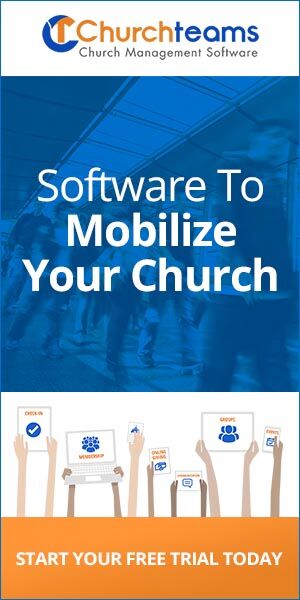 A few weeks ago I introduced the idea of virtual outreach. More specifically how to use inbound marketing tools to engage your community. The goal, just like in business, is to get both contact and interest information. The next step is to build a campaign to use this information to address the person's interest and move them toward Christ and the church - assimilation. This is sales in business.
A few weeks ago I introduced the idea of virtual outreach. More specifically how to use inbound marketing tools to engage your community. The goal, just like in business, is to get both contact and interest information. The next step is to build a campaign to use this information to address the person's interest and move them toward Christ and the church - assimilation. This is sales in business.
In our business, the sales process begins when someone signs up to learn more and stay in touch with us, does a live or automated webinar, and/or signs up for a 30 day free trial. Each of these represent a different level of interest and response. This weekly blog post goes to everyone as a way to stay in touch with us and learn about Church Management Innovation. Both the webinars and the 30 day trials have automated follow up processes in place to make sure no one falls through the cracks. These include emails, texts, videos, and personal phone calls.
Let's apply the same idea to a church trying to reach couples in a difficult marriage. They use virtual outreach tools to get a couple to a landing page on their website. Here they watch a short video testimony about a couple whose story they relate to and decide to give their name and email address to learn more about how to Re-engage their marriage.
If using our software, the link to register for more information on the church's website is a Churchteams registration form that enrolls them into a "Web Re-engage Interest" group.
In preparation for this campaign, church staff and volunteers spent a considerable amount of time thinking through the assimilation process for this group of people.
They defined the goal: Get interested couples to visit a Re-engage open group.
They developed a path: 7 emails, texts or personal contacts in the next 4 months.
They asked themselves, "What simple, next steps does this couple need to make and how will our communication address these?" They came up with these:
- We have a problem. We need some help.

- We are not alone. Here's a group that helps people like us.
- Here's what happens there.
- It would be nice to know someone who goes there.
- Let's put it on our calendar.
Next, they envisioned and created a series of email / text templates, and personal connections (using the notes feature) to guide this couple through each of the decision steps. After that, they used the workflow feature to bring together all the resources and set up a schedule for delivery. Finally, they launched it!
Our couple in distress finds the communication about healthy relationships timely and helpful. New ideas and possible habits give them a sense of hope. Maybe there is something better out there for us. They've heard stories, seen some content, and even got a call from a neighbor.
Now they are ready for the next step. They are ready to come to the church building or join a group online. They are ready to get connected.
Insight: People who come to a meeting, group, or worship service the first time should no longer be considered first time visitors. They've already checked out the church online. It's time for churches to move their hospitality efforts outside the church walls. Churchteams has envisioned and built the tools to do that.



